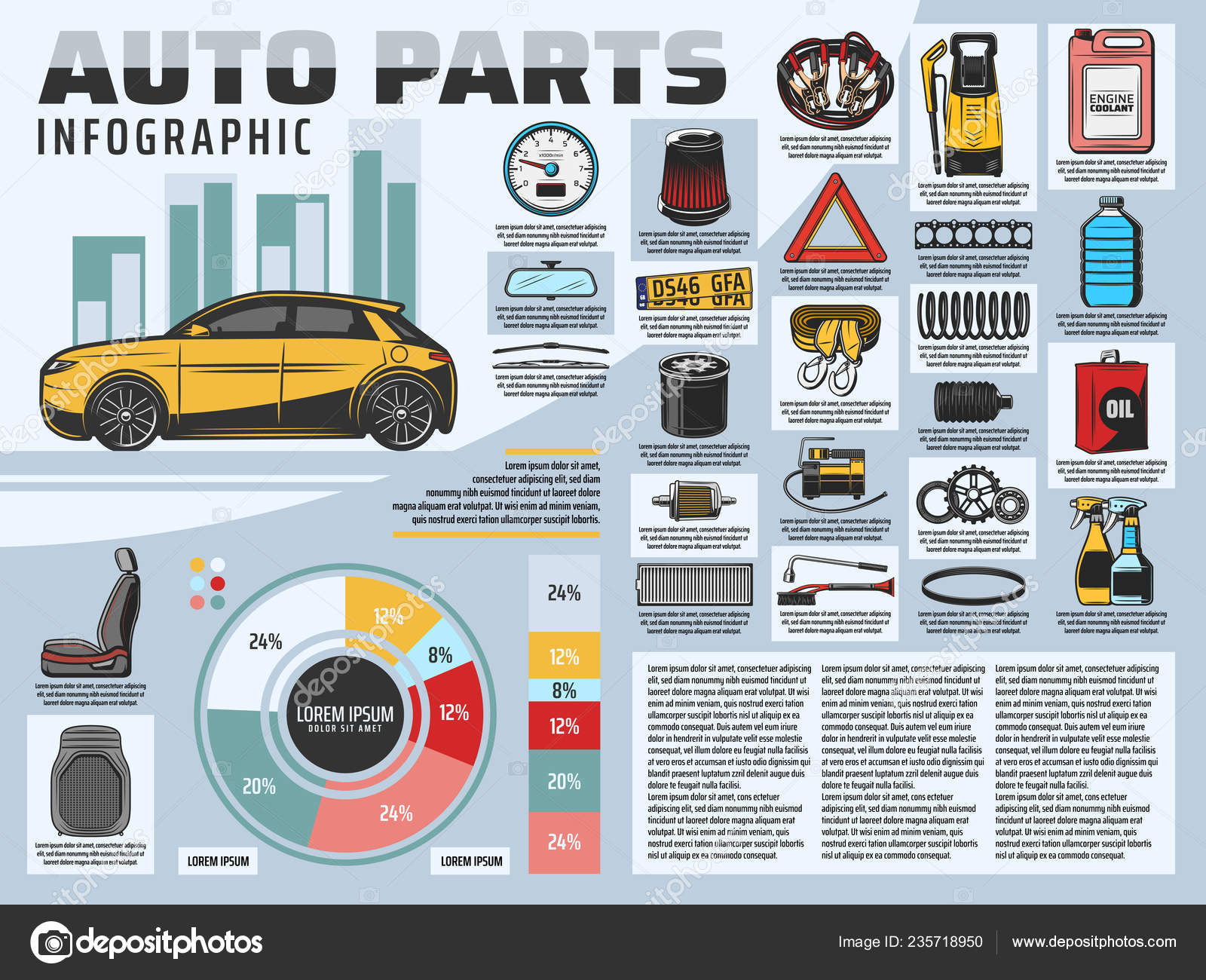Interested Concerning Those Control Panel Warning Lights In Your Car? Find Out What They Mean For Your Automobile'S Health And Wellness
Interested Concerning Those Control Panel Warning Lights In Your Car? Find Out What They Mean For Your Automobile'S Health And Wellness
Blog Article
Material Written By-Cummings Crawford
When you lag the wheel, those radiant caution lights on your control panel can be a bit difficult. Do you know what they're trying to tell you about your automobile's health? Understanding the importance of these lights is important for your security and the longevity of your automobile. So, the following time among those lights pops up, would not you want to understand its message precisely and take the essential actions to resolve it?
Common Warning Lighting and Interpretations
Determine common warning lights in your cars and truck and understand their definitions to ensure secure driving.
The most normal warning lights include the check engine light, which signals problems with the engine or exhausts system. If this light comes on, it's crucial to have your vehicle inspected without delay.
The oil stress advising light suggests low oil stress, calling for instant focus to stop engine damage.
A flashing battery light could suggest a defective billing system, potentially leaving you stranded if not addressed.
The tire stress monitoring system (TPMS) light notifies you to reduced tire stress, influencing lorry stability and gas efficiency. Ignoring this could cause unsafe driving problems.
The abdominal muscle light shows an issue with the anti-lock braking system, compromising your ability to quit quickly in emergencies.
Discover More but not least, the coolant temperature cautioning light warns of engine overheating, which can cause serious damage if not resolved quickly.
Understanding these common caution lights will certainly aid you address concerns quickly and preserve secure driving problems.
Relevance of Prompt Attention
Understanding the common warning lights in your car is just the initial step; the value of quickly dealing with these cautions can not be stressed sufficient to ensure your safety on the road.
When a caution light brightens on your control panel, it's your auto's means of connecting a potential concern that requires attention. Disregarding these warnings can lead to more severe issues down the road, endangering your safety and security and possibly costing you much more out of commission.
Trigger interest to advising lights can stop malfunctions and mishaps. For example, a blinking check engine light might suggest a misfire that, if left unattended, might trigger damages to the catalytic converter. Resolving this quickly can save you from a pricey repair work.
Likewise, a brake system warning light might signal low brake liquid or worn brake pads, essential components for your safety when driving.
DIY Troubleshooting Tips
If you notice a warning light on your control panel, there are a few DIY troubleshooting ideas you can attempt prior to looking for specialist assistance.
The initial step is to consult your automobile's guidebook to understand what the specific warning light indicates. Sometimes the problem can be as basic as a loose gas cap setting off the check engine light. Tightening the gas cap might settle the problem.
Another usual problem is a reduced battery, which can trigger different warning lights. Inspecting the battery links for rust and ensuring they're protected could repair the problem.
If a warning light persists, you can attempt resetting it by separating the automobile's battery for a few mins and after that reconnecting it. Furthermore, examining your car's fluid degrees, such as oil, coolant, and brake fluid, can help repair advising lights connected to these systems.
Verdict
To conclude, comprehending your vehicle's caution lights is important for maintaining your vehicle running smoothly and safely. By promptly attending to these alerts and understanding what they imply, you can avoid pricey repair services and prospective breakdowns.
Remember to consult your car's handbook for particular information on each alerting light and act accordingly to make certain a trouble-free driving experience.
Stay informed, remain risk-free when driving!
